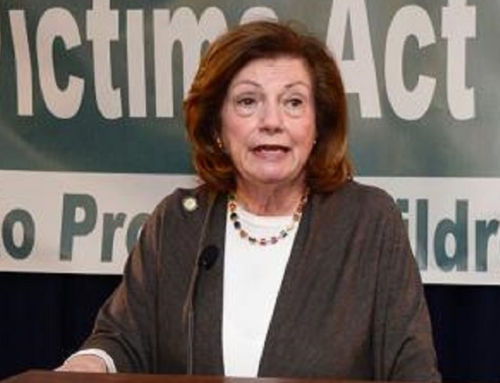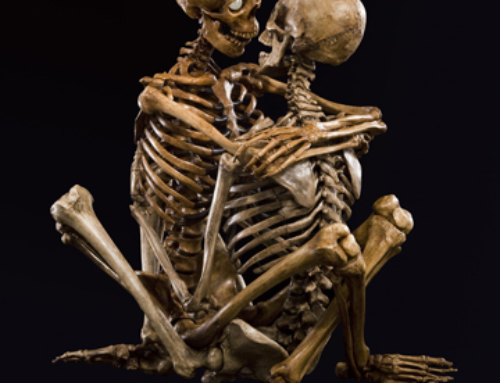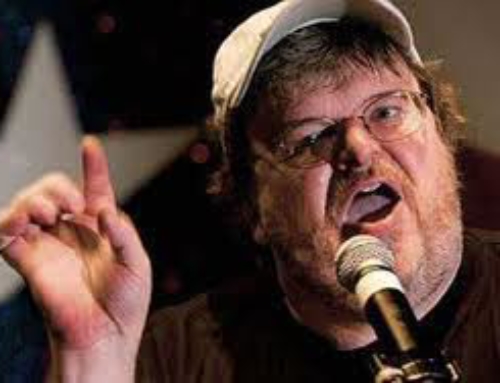The following article can be found on the website of today’s New York Post:
Don’t Blame me for gay teen suicides
Do I have blood on my hands?
Major gay-rights groups are saying so. Each of us who opposes gay mar riage, they say, is responsible for the terrible and tragic suicides of gay teens that recently hit the news.
San Francisco just filed a brief in the Prop 8 case, saying 7 million Californians who voted to protect marriage as the union of one man and one woman are responsible for high rates of suicide among gay people.
Evan Wolfson, one of the leading architects of the gay marriage movement, calls me out personally: “National Organization for Marriage Chairman Maggie Gallagher is among those who, with reckless disregard, attacks LGBT youth.”
Former Clinton adviser Richard Socarides told the AP these suicides demonstrate why gays should be allowed to marry: “When you speak out for full equality now, as opposed to partial equality, or incremental equality, you send a message to everybody, including the bullies, that everyone is equal.”
Apparently, either we all agree that gay marriage is good or gay children will die.
It’s a horrific charge to levy in response to some pretty horrifying stories. Will gay marriage really reduce or prevent gay teen suicide? I felt a moral obligation to find out.
Massachusetts has been tracking gay high school students for a decade using the Centers for Disease Control and Prevention’s Youth Risk Behavior Survey.
LGBT teens were roughly four times as likely as other students to attempt suicide in the last year. They’re also about twice as likely to report being in a physical fight at school, three times more likely to say they were injured by a weapon and almost four times as likely to say they missed school because they felt physically unsafe, compared to other teens.
These kinds of negative outcomes are consistent with the idea that anti-gay bullying is mainly responsible for the higher suicide rate among gay teens. But as I kept reading, I kept finding pieces of the puzzle that don’t seem to fit the “it’s homophobia pulling the trigger” narrative.
Gay students are also more than twice as likely to report having had sexual intercourse before age 13 — that is, to be sexually abused as children. They are three times as likely to report being the victims of dating violence, and nearly four times as likely to report forced sexual contact. A majority of LGBT teens in Massachusetts reported using illegal drugs in the last month. (Perhaps most oddly, gay teens are also three times as likely as non-gay teens to report either becoming pregnant or getting someone else pregnant.)
Forced sex, childhood sexual abuse, dating violence, early unwed pregnancy, substance abuse — could these be a more important factor in the increased suicide risk of LGBT high schoolers than anything people like me ever said?
The deeper you look, the more you see kids who are generally unprotected in horrifying ways that make it hard to believe — if you are really focusing on these kids’ well-being — that gay marriage is the answer.
And that’s exactly what the Youth Risk Behavior data also shows: In 2001, gay teens in Massachussetts were almost four times more likely to have attempted suicide (31 percent versus 8 percent). In 2007 — after four years of legalized gay marriage in that state — gay teens were still about four times more likely to attempt suicide than non-gay teens (29 percent versus 6 percent).
Whether you are looking at their faces or looking at the statistics, one thing is clear: These kids need help, real help. They should not become a mere rhetorical strategy, a plaything in our adult battles.
Each of these teens is a child of God. And each one deserves better from all of us than becoming a “teachable moment” in someone else’s culture war.
Maggie Gallagher is president of the National Organization for Marriage.
This article can be found by clicking here.






